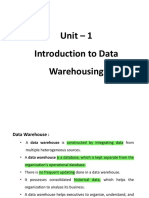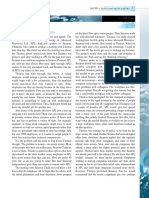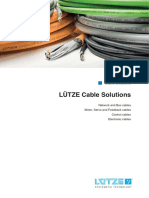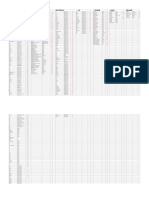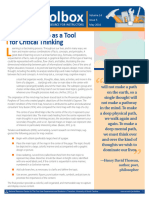0% found this document useful (0 votes)
26 views5 pagesDatawarehouse Architecture
A data warehouse is a centralized repository of integrated data from multiple sources organized under a unified schema. There are two approaches to constructing a data warehouse: top-down and bottom-up. The top-down approach first designs and builds the data warehouse, then populates it and derives data marts from it. The bottom-up approach first builds independent data marts then slowly integrates them into a larger data warehouse.
Uploaded by
NISHANTH MCopyright
© © All Rights Reserved
We take content rights seriously. If you suspect this is your content, claim it here.
Available Formats
Download as PDF, TXT or read online on Scribd
0% found this document useful (0 votes)
26 views5 pagesDatawarehouse Architecture
A data warehouse is a centralized repository of integrated data from multiple sources organized under a unified schema. There are two approaches to constructing a data warehouse: top-down and bottom-up. The top-down approach first designs and builds the data warehouse, then populates it and derives data marts from it. The bottom-up approach first builds independent data marts then slowly integrates them into a larger data warehouse.
Uploaded by
NISHANTH MCopyright
© © All Rights Reserved
We take content rights seriously. If you suspect this is your content, claim it here.
Available Formats
Download as PDF, TXT or read online on Scribd
/ 5
























